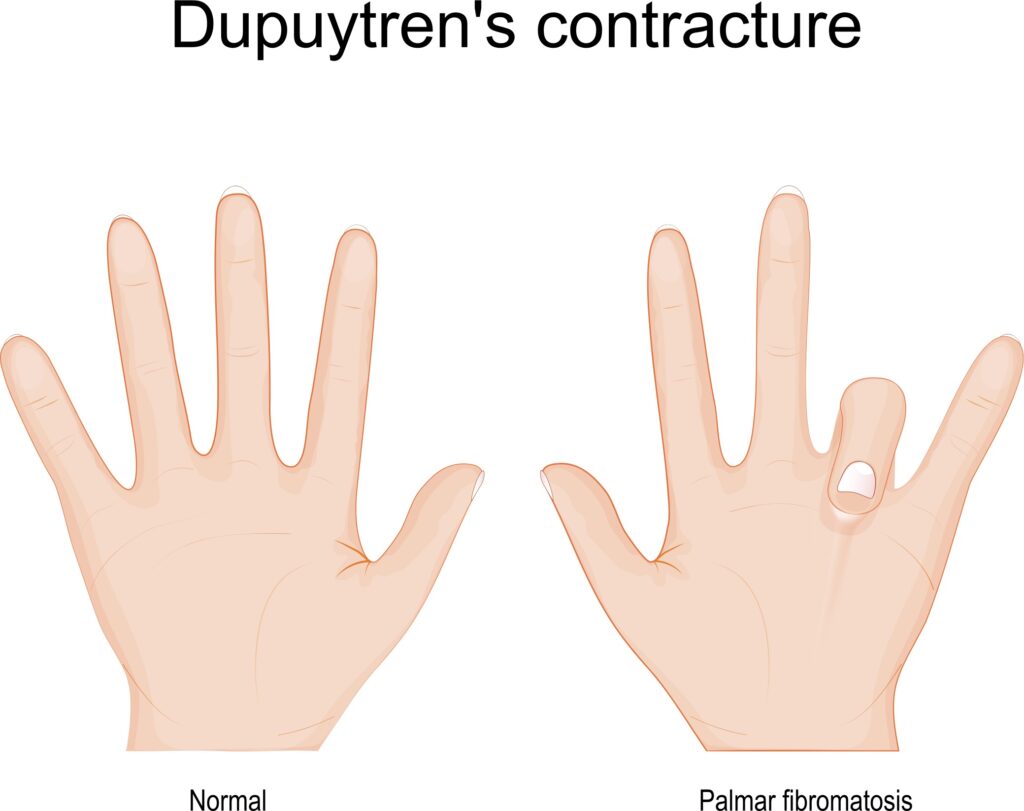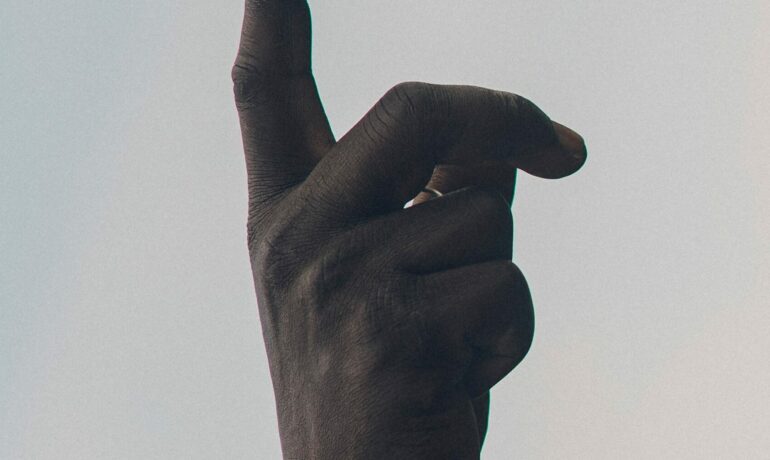When you have Dupuytren’s contracture, the connective tissue beneath the skin in your hand thickens and loses flexibility. One of the ways to manage this condition involves using splints for Dupuytren’s contracture. Read on to learn the splints’ role in alleviating the disease.
What is Dupuytren’s Contracture?
Also known as Dupuytren’s disease, this condition affects the hand and fingers, causing them to bend or curl towards the palm in question. It is caused by thickened or shortened connective tissue (fascia) in the hand that forms lumps or knots, which can eventually cause the fingers to contract or bend. As a result, the thickened cords pull the affected fingers towards your palm, making it challenging to straighten them.
Dupuytren’s contracture typically develops slowly over time, and it is more common in people over 50, especially those of Scandinavian or Northern European descent. It can affect the pinky finger of one or both hands.
Although the condition is generally painless, it can interfere with hand function and cause difficulty with everyday tasks such as grasping objects or shaking hands. Treatment options for the disease include medication, injections, and surgery.
However, your surgeon might recommend splints for Dupuytren’s contracture as a more conservative treatment approach in the early stages.

What are Splints for Dupuytren’s Contracture?
Splints are medical devices that support or immobilise a joint or part of the body. In the case of Dupuytren’s contracture, splints may be used to stretch the affected fingers and improve hand function.
Several types of splints can be used for Dupuytren’s contracture, including:
- Dynamic splints: This kind of immobilisation medical device uses gentle, continuous traction to stretch the affected fingers, preventing further bending of the affected fingers towards the palm. Dynamic splints are suitable for night wear or rest.
- Static splints: These splints are used to hold the affected fingers in a straight position to prevent the affected finger from curling into the palm. They are typically worn when the hand is not in use during the day.
- Passive motion splints: These splints are used to gently move the affected fingers through a range of motion to help maintain flexibility and prevent contracture. They are typically worn for short periods during the day.
Splints may be prescribed by your doctor or hand therapist as part of a treatment plan for Dupuytren’s contracture. However, it is essential to follow the prescribed wear and care instructions for splints to ensure they are effective and don’t cause additional problems or discomfort.
Dupuytren’s Contracture Treatment at the Harley Clinic
This condition affects your quality of life when it comes to simple routine acts like handshakes and putting your hands in your pocket. Harley Clinic offers a variety of hand treatments to make life more manageable.
Are you looking for a solution to Dupuytren’s Contracture? Book an appointment with a hand specialist today.
Further Reading:













